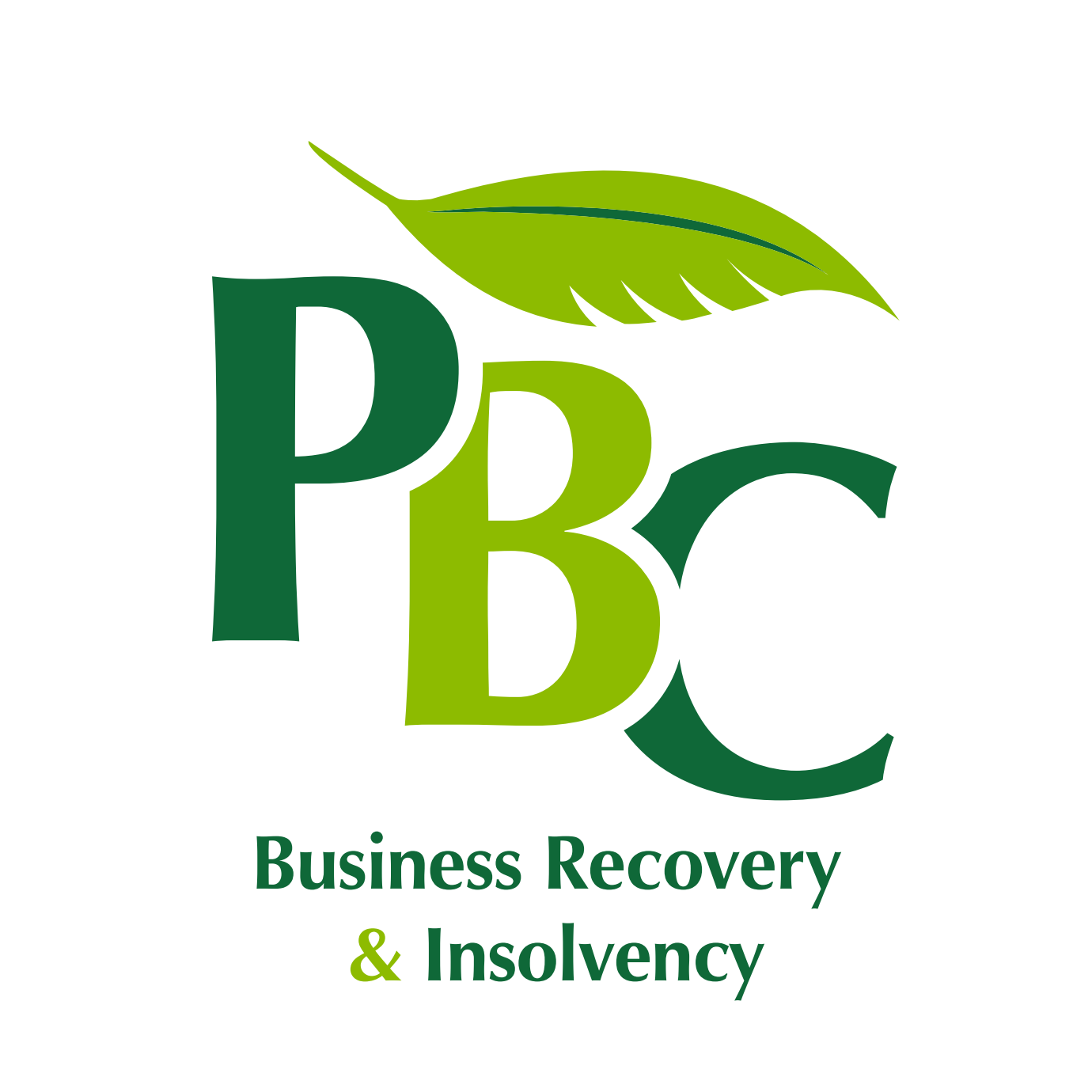Voluntary Arrangements (VAs) are not a universal panacea for financial difficulties but they can be a way of resolving your financial issues to the satisfaction of everyone concerned. In this video licensed insolvency practitioner and director here at PBC, Gary Pettit, will explain what a voluntary arrangement is and what it can do. Many people are aware of the basics of a VA but are unsure of a range of specifics such as can a company have a voluntary arrangement and do all creditors have to abide by the terms of a voluntary arrangement? Gary will answer some of the more common questions we are asked about VAs and how they are used.
Personal Insolvency Rates – Women Overtake Men
Every quarter the Insolvency Service produce statistics which confirm how many businesses fail, broken down by insolvency type:, liquidations (whether they are compulsory or voluntary) administration or company voluntary arrangements (CVAs).
At the same time similar statistics are released for individuals, divided into bankruptcies, debt relief orders or individual voluntary arrangements (IVAs). There are very few details about the number of debt management plans.
When these are released, the details will always make that day’s news and as is normal with the media they focus on the worst points.
In general terms, corporate insolvency appointments have been failing from their recent highs reached during the financial crash in 2007/08 (although failures were much higher in the early 1990’s). Personal insolvency appointments have also been falling, although in the last year there has seen a steady rise. Historically men have always had higher rates of insolvency than women but since 2014, women have overtaken men.
Once a year the Insolvency Service produce more detailed personal insolvency statistics. The main headlines are:
- The total insolvency rate increased for the first time since 2009, and increased in all regions of England and Wales between 2015 and 2016.
- The North East continued to have the highest insolvency rates, while London had the lowest.
- Nine out of ten local authorities with the lowest insolvency rates were in London or the South East, whilst seven out of the ten areas with the highest rates were located in coastal areas.
- Insolvency rates increased for all age groups except 55 and over, with those aged between 18-44 showed the biggest rises.
When I review these figures I am always interested in the details. For example Corby has been in the top 10 of the worst local authority areas in terms of personal insolvency rates. As mentioned above the majority are seaside towns which have their own issues due to the seasonal economies in which they operate. Being based in Northampton we are aware that Corby still has elements of poor families struggling to make ends meet in low paid jobs. In our experience these will often be cases in which credits cards and loans have been built up, possibly in a period when there has been a loss of income or ill health or just simple overspending. Commonly once the debt has been built up they find it almost impossible to repay the debt because of the low income and so a downward spiral begins.
So what can the individual do?
The first thing required is to be honest with yourself and the situation. Sit down and summarise who you owe money to and how much. Next produce a budget detailing your income and necessary spending. Hopefully this should leave a surplus and you can then plan how to reduce your debt using this surplus.
You may find you need additional help and PBC have always offered help to individuals and will outline all the options open to them from refinancing, a debt management plan, IVA’s and bankruptcy, alone with many others. Our advice is simple: take action as soon as possible rather than leaving it too late.
Initial meeting are free of charge and confidential. We hope to understand your position, answer your questions and lay out the options available to you in order for you to consider which is the best way forward for you.
Ever Decreasing Circles
When you think of Ali Campbell you think of UB40, Shane Filan, Westlife and Martine McCutcheon may bring back memories of “Eastenders”. What they all have in common is being made bankrupt, which goes to prove cash is king.
There is an old joke about the husband who did not report his wife’s card stolen because the thief was spending less than she did. Excluding mortgages, household borrowing in the UK rose to £198 billion and with car financing increasing by 15% and credit card debt by 10% this represents the fastest growth in debt levels since 2005. Statisticians suggest the average household could last just 32 days without any income and that more than 22% have savings below £500.
This depressing picture is indicative of how austerity has impacted on the general public. However, it does not reflect the true picture because the reports on personal debt do not include “Hidden” liabilities such as personal guarantees for third party borrowing or directors over-drawing on their loan accounts. The worst case I have seen so far was a former partner of a failed legal practice whose Christmas present in 2014 were demands amounting to £11 million. Try explaining that to your spouse!
At PBC we see people with personal debts ranging from less than £10,000 up to the poor sole mentioned above. Regardless of the quantum of debt they all endure the same; demand letters, High Court Enforcement Officers, threats of bankruptcy etc. Admittedly, there are some who consult PBC where bankruptcy is the best option for that individual due to the overall circumstances. Others, like our client with the unwanted Christmas present, entering into an individual voluntary arrangement (“IVA”) provided certainty and protected his career.
As implied, an IVA is not right for everyone. It is a deal with your creditors; a balanced compromise where there are benefits for both the client and their creditors and demonstrates being more beneficial than bankruptcy. The key component from the client perspective is you must have something to offer, whether that is an income contribution or tangible offers, or a combination of both.
The principle message has (and will always be) take advice early. The longer you leave debt-related problems the more antagonised your creditors will become, the more cumbersome the debt and the less creditors will be persuaded to support any form of compromise you may wish to put forward.
PBC announce payment in full to creditors in a bankruptcy.
PBC are pleased to report a distribution in full plus statutory interest to unsecured creditors in a bankruptcy.
The only asset in the bankruptcy was the debtor’s 50% share in the dwelling property, where his ex-partner resided. His ex-partner expressed an interest in purchasing the estates half share. However, due to personal circumstances she was not in a position to make a market value offer and solicitors were instructed in respect of selling the property. After protracted negotiation, coupled with an order of the court a sale of the property was completed on 1 December 2016.
The bankrupt’s half share of equity was received, creditor claims were agreed and they have received payment in full plus statutory interest. The additional benefit has been the balance of funds being returned to the bankrupt.
Gary Pettit of PBC said, “The outcome of this bankruptcy demonstrates the benefit of good negotiation skills, coupled with commercial thinking. It would also be remiss not to recognise the professional work undertaken by Katie Summers of summers nigh law for assisting me in achieving this great result.
What steps should a director take if their Company is nearing Insolvency?
 It is very common for directors to seek advice from us when their Company is edging towards insolvency. At PBC we have many examples where that advice was taken, and consequently, our services were not required.Continue reading
It is very common for directors to seek advice from us when their Company is edging towards insolvency. At PBC we have many examples where that advice was taken, and consequently, our services were not required.Continue reading
Solvent liquidations
 Recent research by insolvency body R3 showed that a record number of solvent companies were wound-up in March 2016, and this trend is certainly reflected in the work we undertake at PBC. In fact, in the last 18 months, the Members’ Voluntary Liquidations (MVL) we have been involved with have paid £20,591,420 to shareholders alone.Continue reading
Recent research by insolvency body R3 showed that a record number of solvent companies were wound-up in March 2016, and this trend is certainly reflected in the work we undertake at PBC. In fact, in the last 18 months, the Members’ Voluntary Liquidations (MVL) we have been involved with have paid £20,591,420 to shareholders alone.Continue reading




